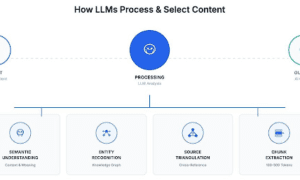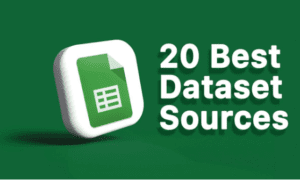Threat detection services are essential components in the cybersecurity landscape, designed to identify, assess, and mitigate various types of cyber threats before they can inflict harm on individuals, organizations, or systems.
These services employ a combination of technology, expertise, and processes to detect a wide range of threats, including malware, ransomware, phishing attacks, insider threats, and advanced persistent threats (APTs). The core objective of threat detection services is to provide a proactive security posture, shifting from traditional reactive approaches to a more anticipatory stance against potential cyber threats.
Key Features of Threat Detection Services
- Real-time Monitoring and Analysis: These services continuously monitor network traffic, system logs, and endpoints for suspicious activities, providing real-time alerts to potentially harmful events.
- Advanced Analytics and Machine Learning: Utilizing sophisticated analytics and machine learning algorithms, threat detection services can identify patterns and anomalies indicative of cyber threats, often recognizing malicious behavior before it can cause significant damage.
- Threat Intelligence Integration: By leveraging global threat intelligence feeds, these services stay updated with the latest threat vectors, vulnerabilities, and attacker methodologies, enabling them to anticipate and defend against emerging threats.
- Incident Response and Remediation: Beyond detection, many services offer capabilities for incident response, providing guidance or automated actions to contain and remediate threats, minimizing their impact.
- Compliance and Reporting: They help organizations comply with regulatory requirements by providing detailed logging, reporting, and analysis of security incidents, which is crucial for audits and compliance mandates.
Types of Threat Detection Services
- Network-Based Detection: Focuses on monitoring network traffic to identify suspicious activities that could indicate a cyber attack.
- Endpoint Detection and Response (EDR): Monitors endpoints (e.g., laptops, servers) for malicious activities, providing detailed forensic data and the ability to respond to threats directly on the device.
- Cloud Security Monitoring: Specifically designed for cloud environments, these services monitor cloud resources and configurations to protect against threats unique to the cloud.
- Managed Detection and Response (MDR): Offers a managed service that combines technology and human expertise to provide round-the-clock monitoring, detection, and response services.
Threat Detection Services are specialized security solutions designed to identify and mitigate potential risks and vulnerabilities within digital environments.
Navigating the Compliance Maze: Insights into Regulatory Compliance Services
Regulatory Compliance Services are essential advisory and implementation solutions designed to help organizations navigate the complex landscape of legal and regulatory requirements specific to their industry. These services encompass a broad range of activities, including the assessment of current compliance postures, gap analysis, compliance strategy development, and assistance with the implementation of necessary controls and procedures. By leveraging expertise in local and international regulations, such as GDPR, HIPAA, SOX, and PCI-DSS, compliance service providers ensure that organizations not only meet their legal obligations but also maintain the highest standards of data protection, privacy, and ethical conduct. This proactive approach to compliance not only minimizes the risk of legal penalties and financial losses but also builds trust with customers, partners, and regulators, thereby enhancing an organization’s reputation and competitive advantage.
Fortifying Digital Defenses: The Role of Penetration Testing Consulting Companies
A Penetration Testing Consulting Company specializes in simulating cyber-attacks on an organization’s network, applications, and other systems to identify vulnerabilities that could be exploited by malicious actors. Through a combination of automated tools and manual techniques, these consultants mimic the actions of potential attackers, ranging from those with basic skills to highly sophisticated adversaries.
The goal is to uncover security weaknesses before they can be exploited, providing a comprehensive assessment of the organization’s current security posture. Following the assessment, the company delivers detailed reports on the findings, along with actionable recommendations for strengthening defenses, improving security protocols, and mitigating risks. By partnering with a penetration testing consulting company, organizations can proactively address potential security threats, ensuring the integrity, confidentiality, and availability of their critical assets and data.
Read More From Techbullion



































